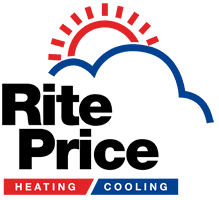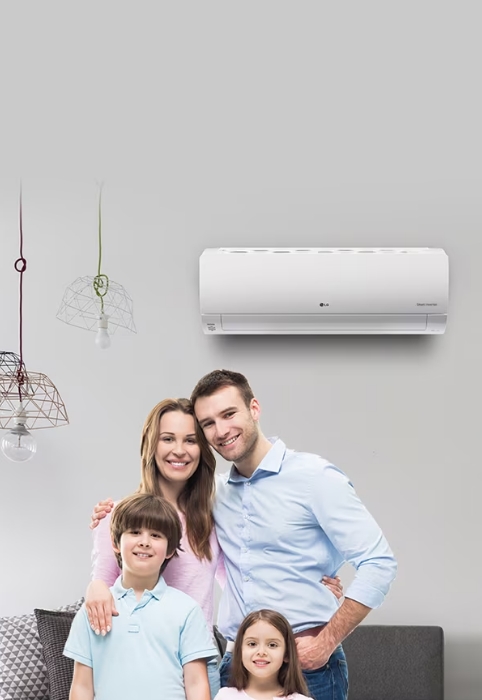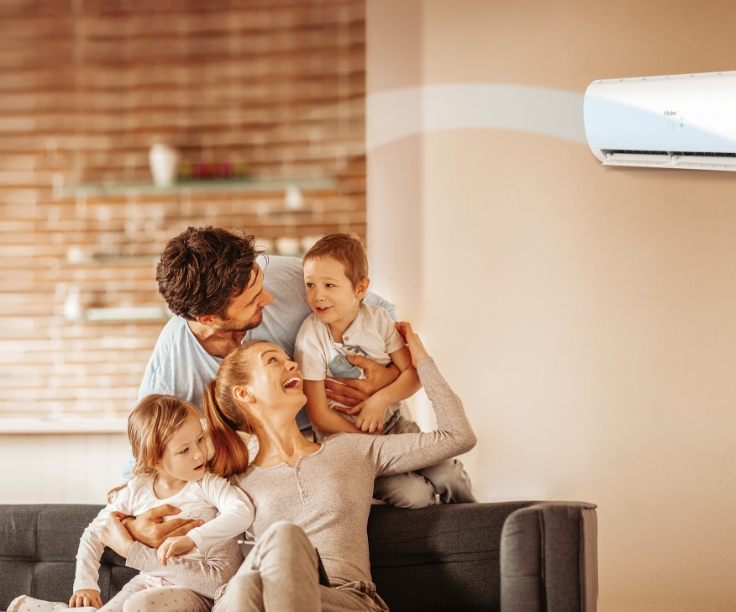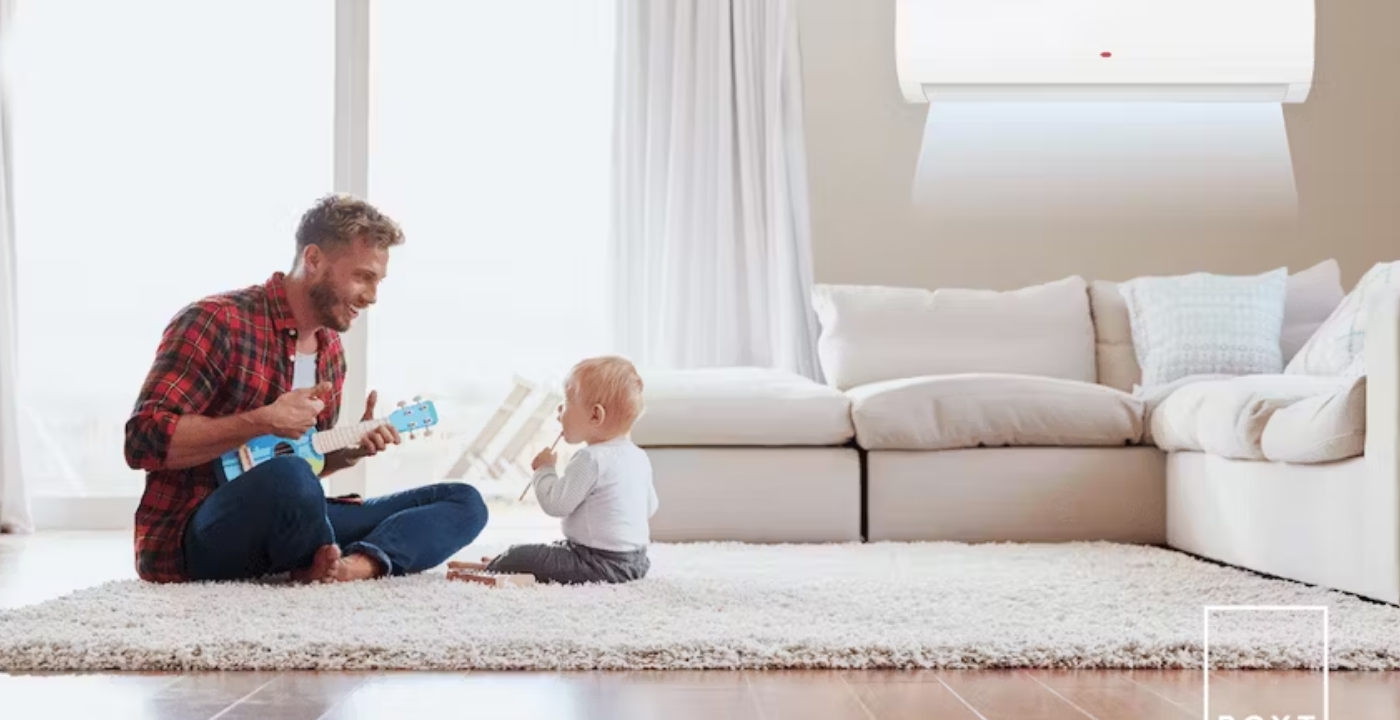What you need to know about Breezair Evaporative Air Conditioning
The Australian summers can get quite warm and dry in some cities, with other locations experiencing significant rainfall and high humidity. The largest rainfall on record in South Australia occurred in January of 1941, when Hindmarsh Valley received 376 millimetres of rain over a three-day span. Conversely, in November of 2006 The Guardian newspaper reported that Australia experienced the worst drought in 1000 years that summer. Adelaide in particular often experiences hot, dry summers, with rainfall dropping to under 30 millimetres per month. South Australian summers can become blistering hot and are often dry enough to affect public health and the local economy. If the hot, dry climate is causing you trouble, an evaporative air conditioner could be the ideal solution. Here’s what you need to know about the science behind evaporative air conditioning, and how to make it work for you.
The Water Cycle: A Brief Trip Back in Time to Science Class
In your grade school science class, you likely learned about the hydrologic cycle. This scientific model describes the movement of water in the atmosphere, through the oceans and rivers, and below the Earth’s surface. The Earth’s total amount of water stays fairly stable over time, but this water is divided into several forms, including fresh water, salt water, ice, and vapour. Water often moves between these states through the processes of evaporation, sublimation, freezing, and condensation.
For the purposes of air conditioning, the most important of these processes is evaporation. The elemental components of the water molecule are two oxygen atoms and one hydrogen atom. Multiple water molecules can join together to create a liquid. In order for water to evaporate, several conditions must be met. First, the water molecules that evaporate must be near the surface of the body of water. In other words, water can’t evaporate from the inside out. Second, these molecules must be moving away from the body of water in order to evaporate. Third, the molecules must have enough kinetic energy (movement speed) to break free of the connections that bind them to the other water molecules. Finally, the water molecules must have somewhere to go after they break free. That means there has to be enough room in the surrounding air to allow the water to evaporate, which is why it is far easier for water to evaporate in dry air than in humid air. If all of these conditions are met, the water molecules will evaporate.
How Evaporative Coolers Use the Science of Evaporation to Cool Your Home
Evaporation is a natural chemical reaction, and all chemical reactions involve energy in some manner. Vapours tend to have loose molecular connections relative to liquids and solids. When water evaporates, it is changing its state from a liquid to a vapour by using the heat energy in the surrounding environment to break its own molecular bonds. Expending this heat energy reduces the amount of heat in the room.
The process also increases the amount of water vapour in the environment, which raises the humidity in the room and makes the air denser. Dense, humid air takes more energy to heat than dry air, because there are more molecules in the environment that must be put into motion. That means if the heat source maintains a consistent output level, raising the amount of humidity in the environment will reduce the temperature.
An evaporative air conditioning system operates by blowing the hot air in the environment over wet cooling pads. The moisture contained in these cooling pads is evaporated into the hot air, which makes the air denser and more humid. As the hot air has to expend energy in order to absorb the moisture, the air’s temperature drops.
Humidity and Atmospheric Science: Get the Best Possible Results Out of Your Evaporative Air Conditioning System
In evaporative cooling, air temperature is measured in two scales: wet-bulb temperature and dry-bulb temperature. As the name suggests, wet-bulb temperature is a temperature scale that incorporates a humidity measure into its calculations. Dry-bulb temperature measures the actual air temperature before humidity is taken into account. The wet-bulb temperature is the lowest possible heat level that can be reached using an evaporative cooler; it is the temperature that would be experienced at 100 per cent humidity. When these two temperatures have the same value, it means the atmospheric humidity is already at 100 per cent. The air has already absorbed all the water vapour it can, so the evaporative air conditioner is incapable of evaporating more water into the air; thus, no cooling occurs.
In order to get the most out of your evaporative cooling, it’s important that you only use the cooler in hot, dry conditions. Evaporative air conditioners work best in areas and seasons where the relative humidity rate typically stays below 40 per cent. You will also want to make sure you stock up on water. Evaporative coolers rely on the evaporation of water to cool your home, so if you run out of water, the cooler won’t be of much use.
It will be imperative that you assess your home’s air circulation system. Evaporative coolers are called “swamp coolers” for a reason—when you use one, you will experience a significant increase in your home’s humidity. Before buying an evaporative cooler, you will want to ensure that your home either has the proper ductwork in place, or can accommodate a ductwork upgrade.
Finally, you will want to make sure that you keep your windows open whenever you run an evaporative cooler, as evaporative air conditioning relies on a steady flow of hot air in order to function at maximum efficiency. If you want your cooler to last for more than just a few years, you will need to perform general service and cleaning at the start and end of the summer. If you do not believe you are capable of carrying out this maintenance on your own, you will want to contact an experienced heating and cooling professional to schedule a service call.
Evaporative cooling is a great solution for the hot, dry Adelaide summers. An evaporative or “swamp” cooler relies on the evaporation process in order to draw heat out of the air, in contrast to harmful chemicals like Freon that traditional air conditioners use. Evaporative coolers serve as a low-cost alternative to traditional air conditioning, and present a healthier home-cooling method for those with asthma and other upper respiratory illnesses. If you’re looking for an energy efficient way to cool your home using the natural properties of the water cycle, an evaporative cooler is the ideal solution for you.







